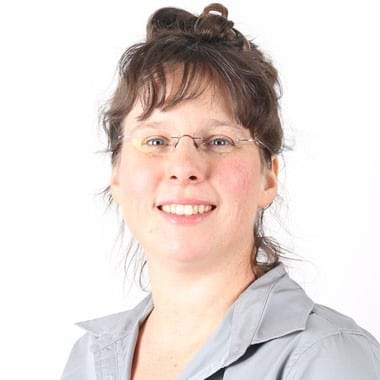NPK fertilizer trials for oat crops on mineral soils in Québec

Christine Landry
Researcher, agr., Ph.D.
418 643-2380
ext 640
Description
Growing oats is an important economic activity in many of Québec’s agricultural regions. According to data from Institut de la statistique du Québec, 95,000 ha were seeded in 2012, for a total production of 220,000 tons. In 2011, oats were grown on over 4,700 farms, generating nearly $27 million in revenue. Therefore using fertilization charts that recommend doses that exceed the crop’s actual needs and the capacities of receiving environments to absorb them could cause serious agronomic and environmental impacts. So it was of some concern that the fertilization chart in Québec’s fertilization guide had been developed over the course of thirty years in cooperation with industry stakeholders and recommendations for the three main elements had not recently been tested in scientific field trials. In the case of nitrogen, recommendations varied from 40 to 60 kg per ha. So for example, if based on this recommendation a surplus of 10 kg N per ha had been used on 95,000 ha, nearly a million kilos of excess N would have been applied, with the associated environmental risks and economic losses. Therefore recommended doses of N, P, and K needed to be questioned, especially since cultural practices and fertilizers had changed since these doses were established. The grain industry needed more information on these recommendations given contemporary sustainable development objectives. Due to a lack of information, fertilization programs were not consistent among Québec producers, who did not necessarily consult the same information sources.
Objective(s)
- Gather data on the nutritional requirements of oats to better equip producers, extension agents, and other industry stakeholders.
- Based on the new data, the NPK fertilization chart was updated in line with current agronomic and environmental concerns. At the same time, the new chart helped make Québec farms more competitive. In the current economic context, this last point is particularly important. With the rise in oil prices, the cost of fertilizer has risen significantly in past years, and this trend may continue, making it even more important to optimize nutrient inputs. The data this project has generated will help the grain industry produce quality products in response to consumer demand for healthy, higher-quality food. This will reinforce growth opportunities in the grain industry, which plays an important role in Québec agriculture.
From 2013 to 2017
Project duration
Field crops
Activity areas
Fertilizer management, Water protection, Soil health
Services
This project will help the grain industry ensure the quality of its products.

This may interest you
Improving the efficiency of rainwater and irrigation use in the potato cropping system
This project proposes an intervention in a typical potato cropping system to enhance the crop uptake of water and nitrogen.
Researcher: Carl Boivin

Impacts of green manure on soil structure in the Estrie region
This project was carried out by Club agroenvironnemental de l’Estrie and IRDA was in charge of conducting the economic analysis.
Researcher: Luc Belzile
Identifying biological indicators of soil health using metagenomic analysis of soil under different grain cropping systems
This project was aimed at identifying and incorporating biological indicators into decision support tools used to assist producers and agroenvironmental regulatory bodies seeking to preserve soil productivity and use sustainable production systems.
Researcher: Richard Hogue


